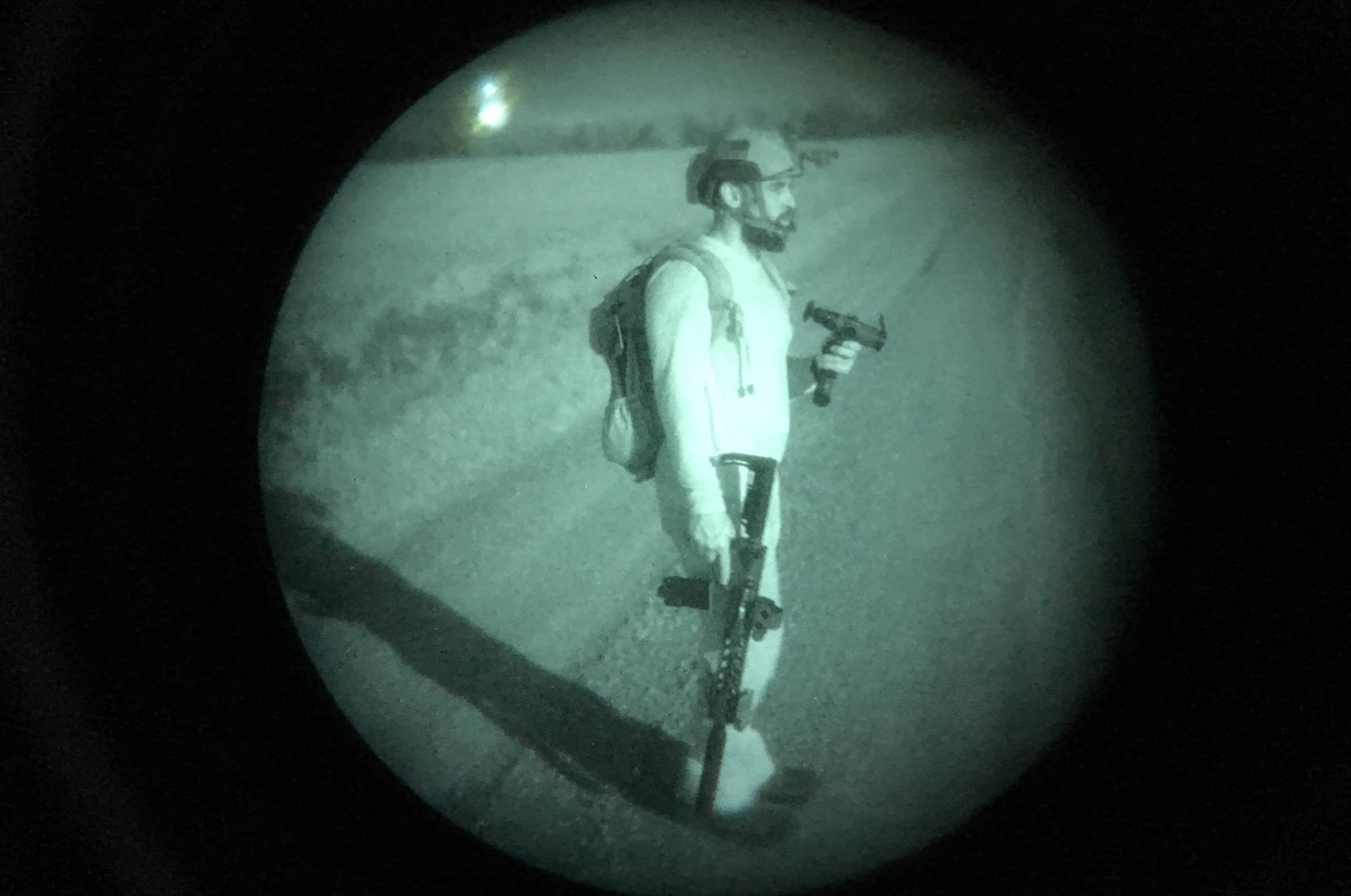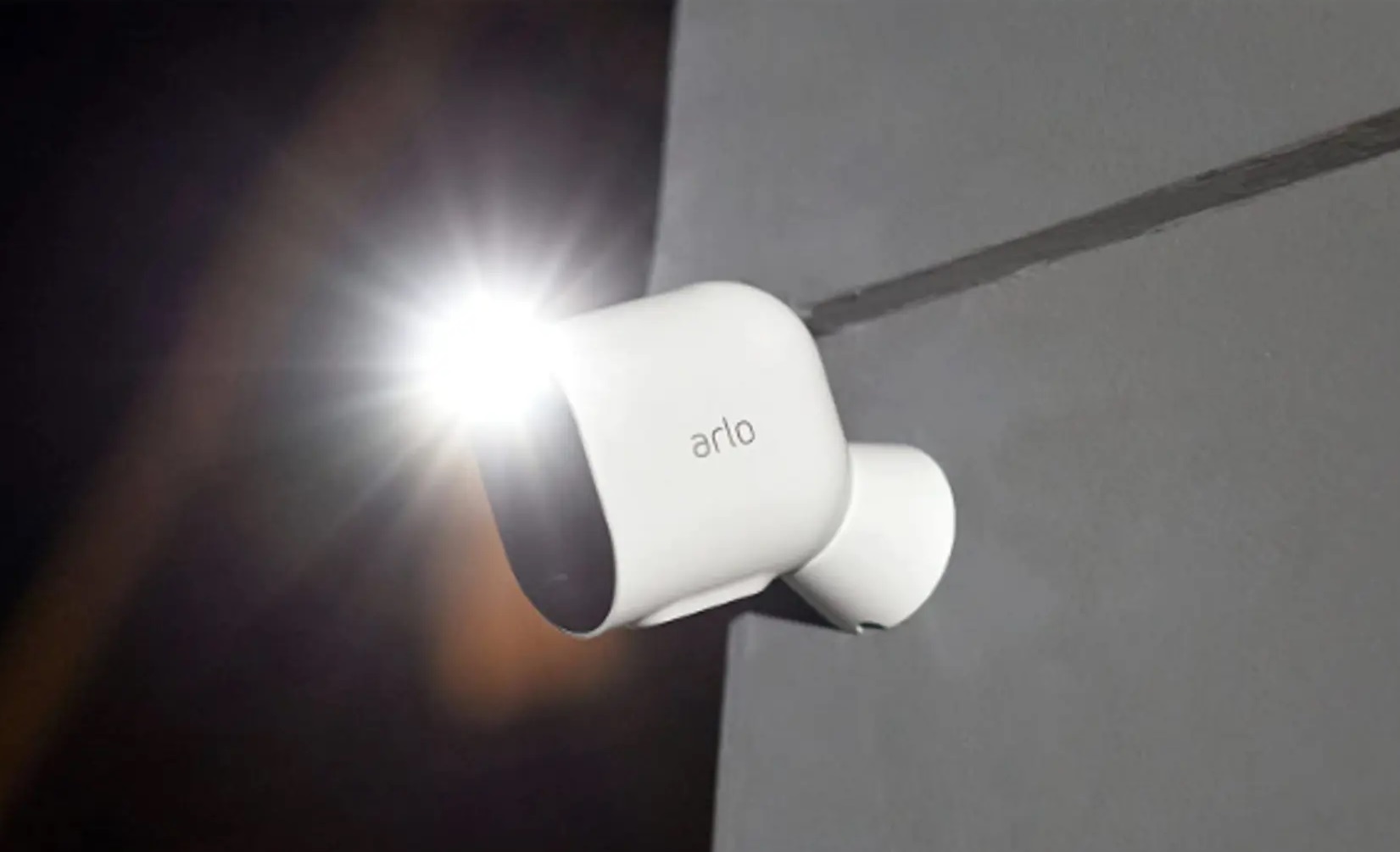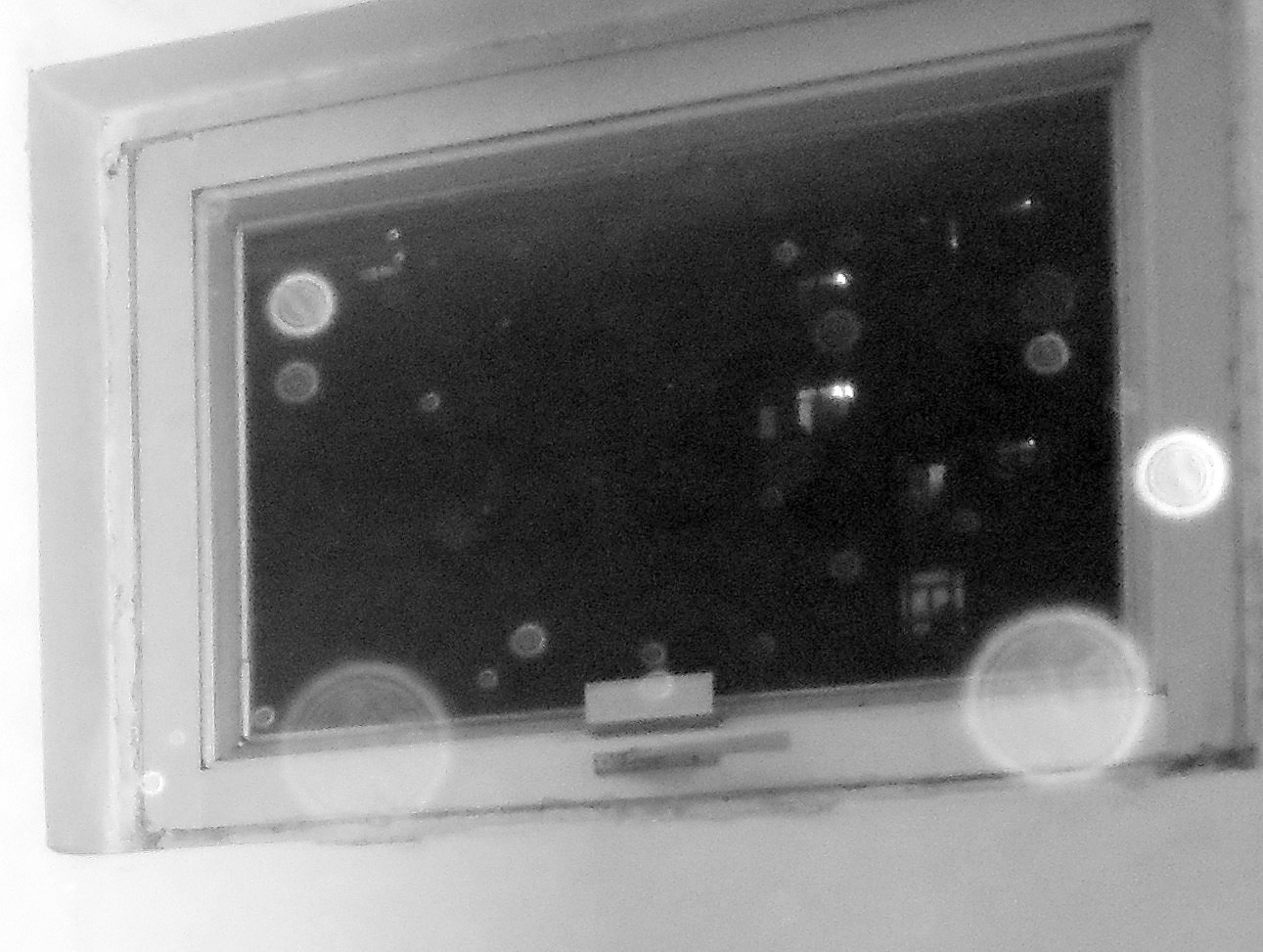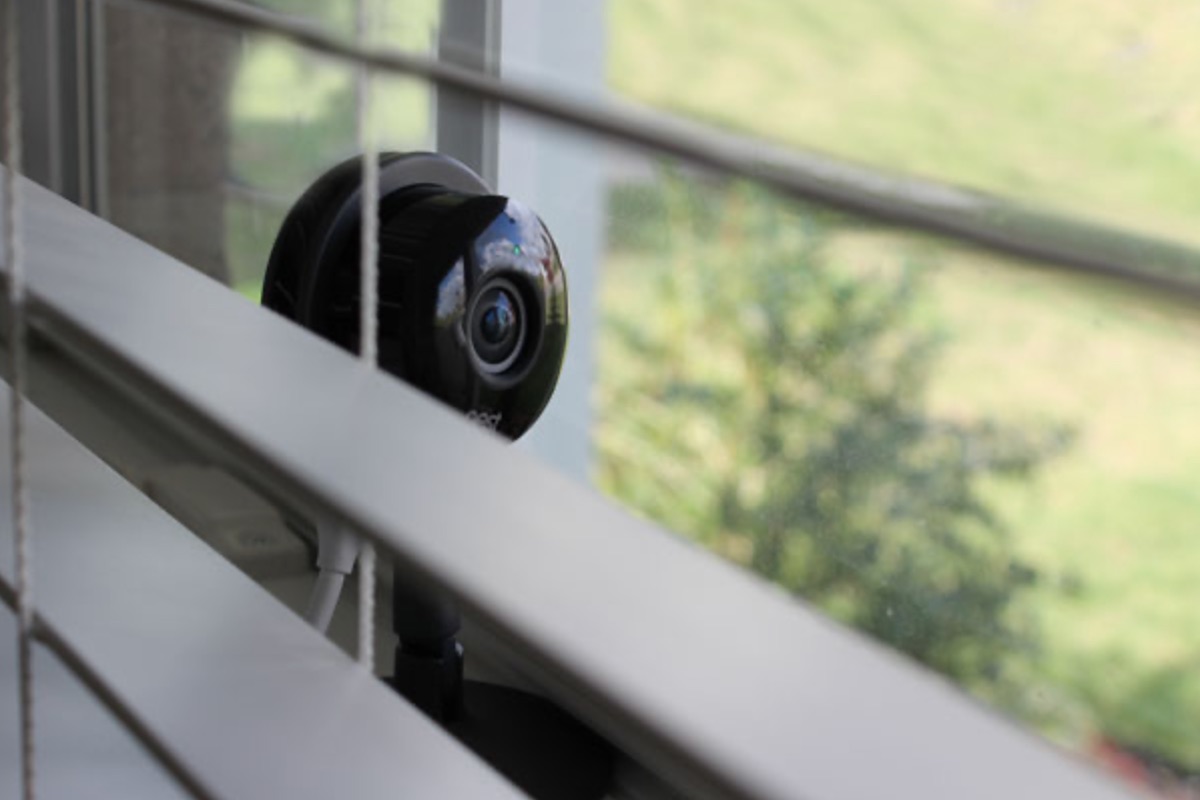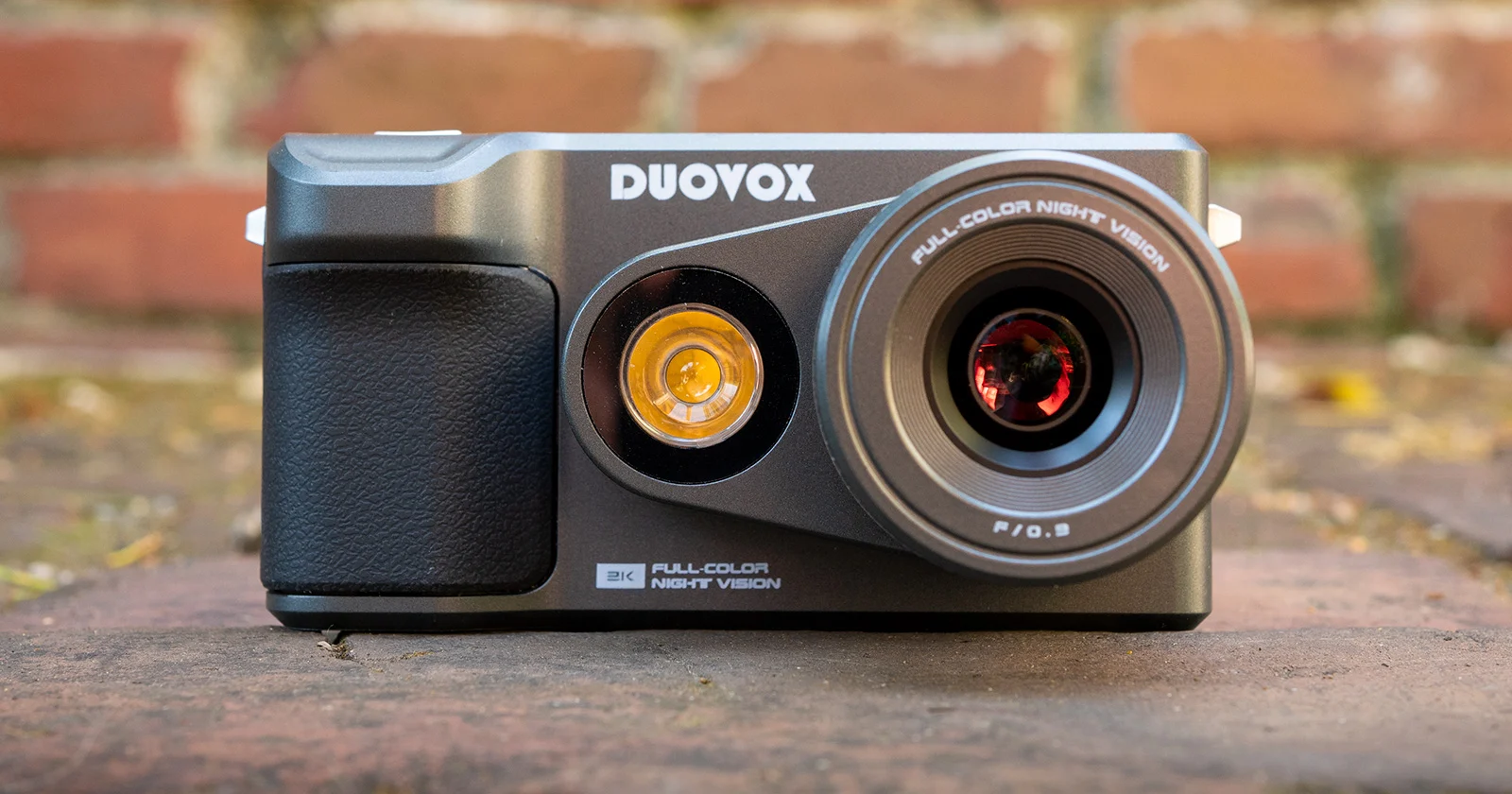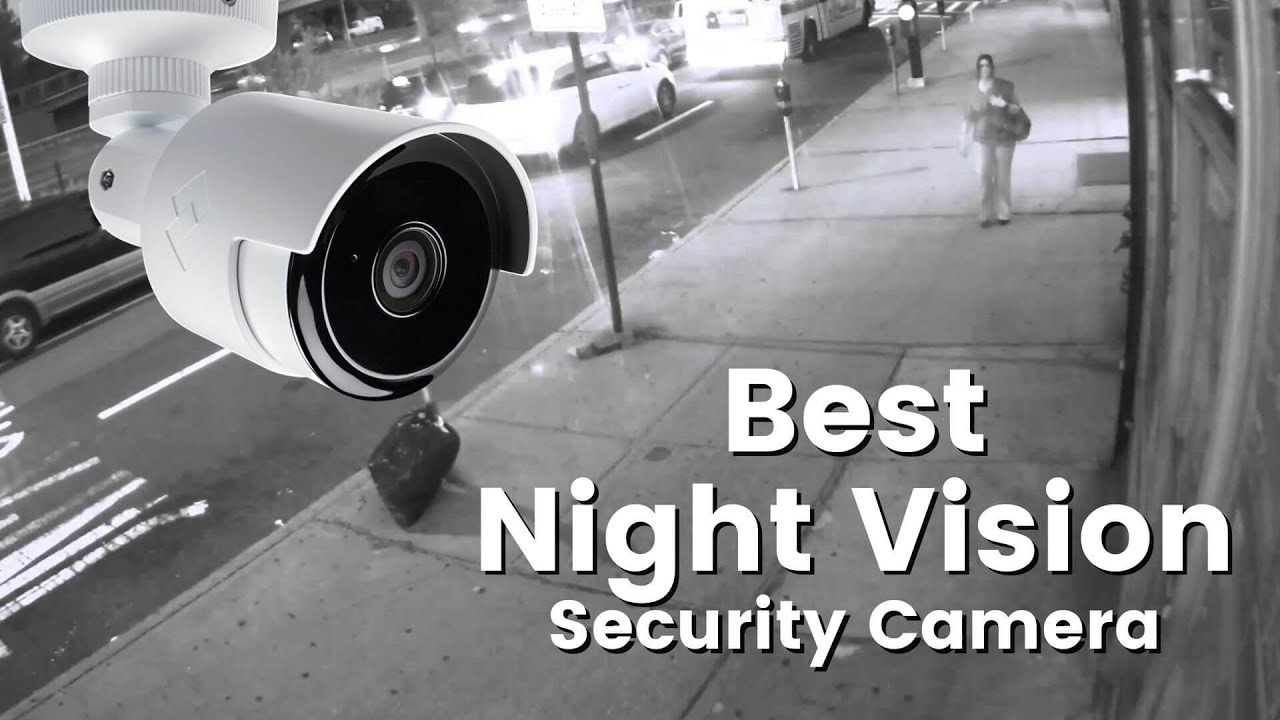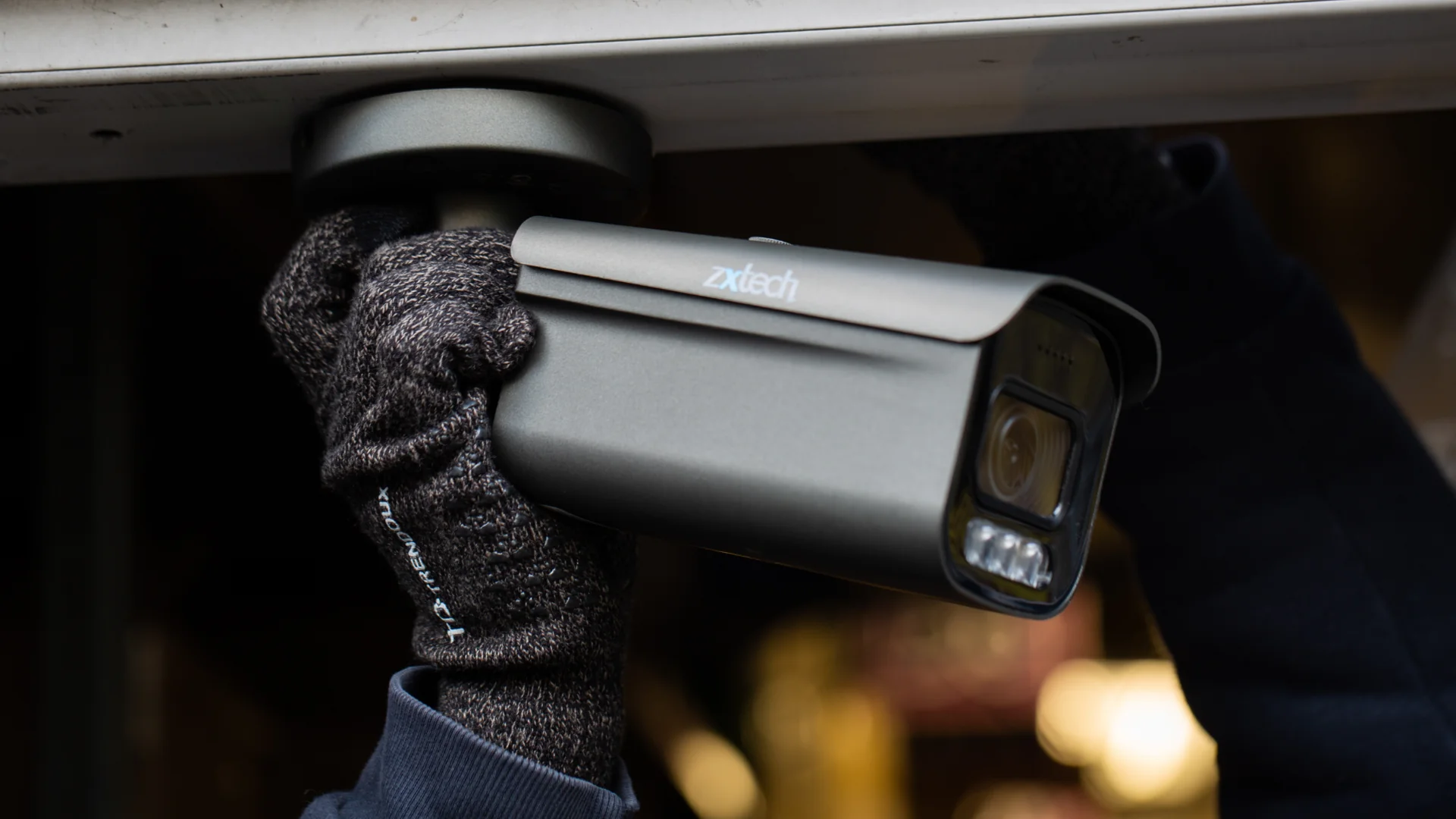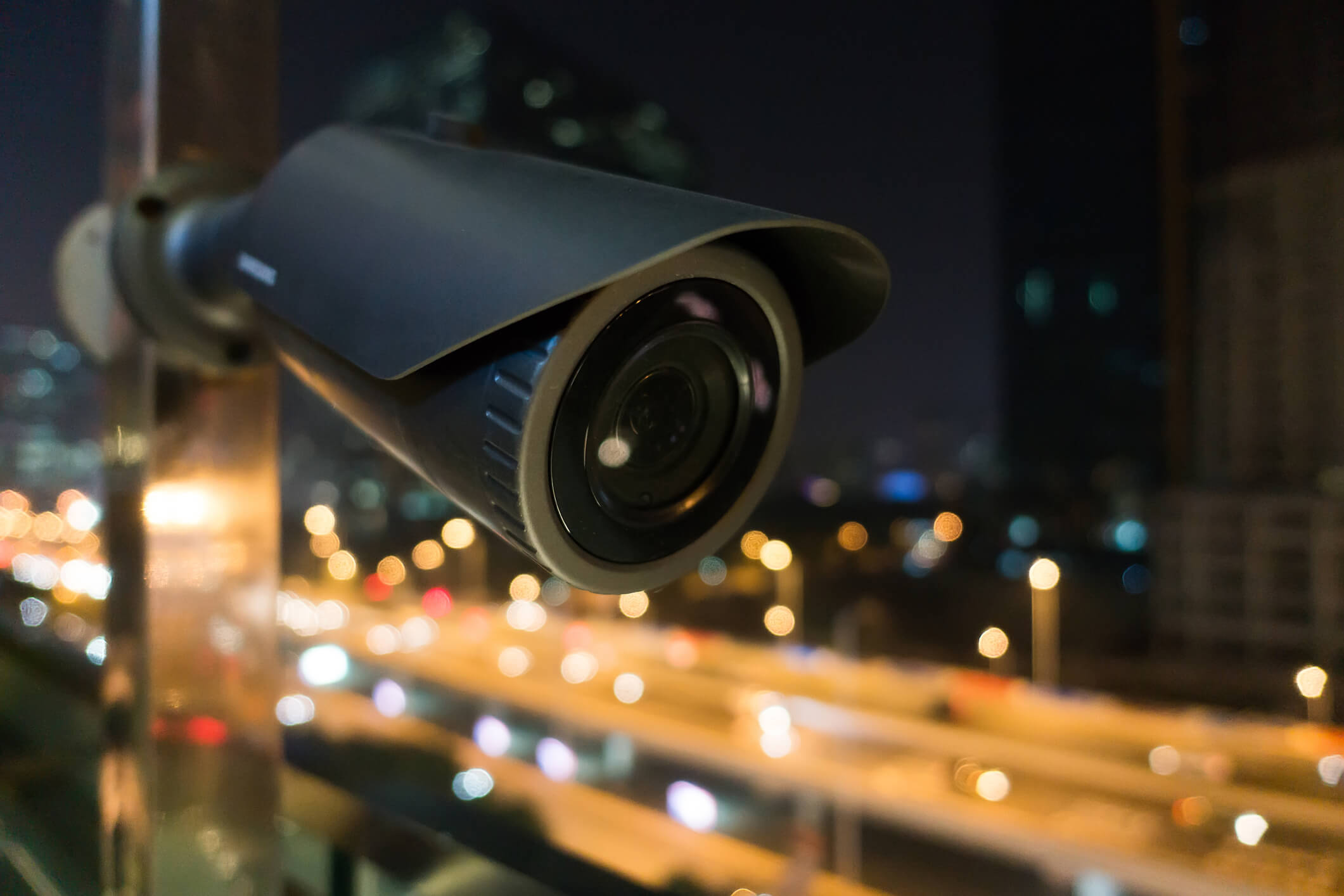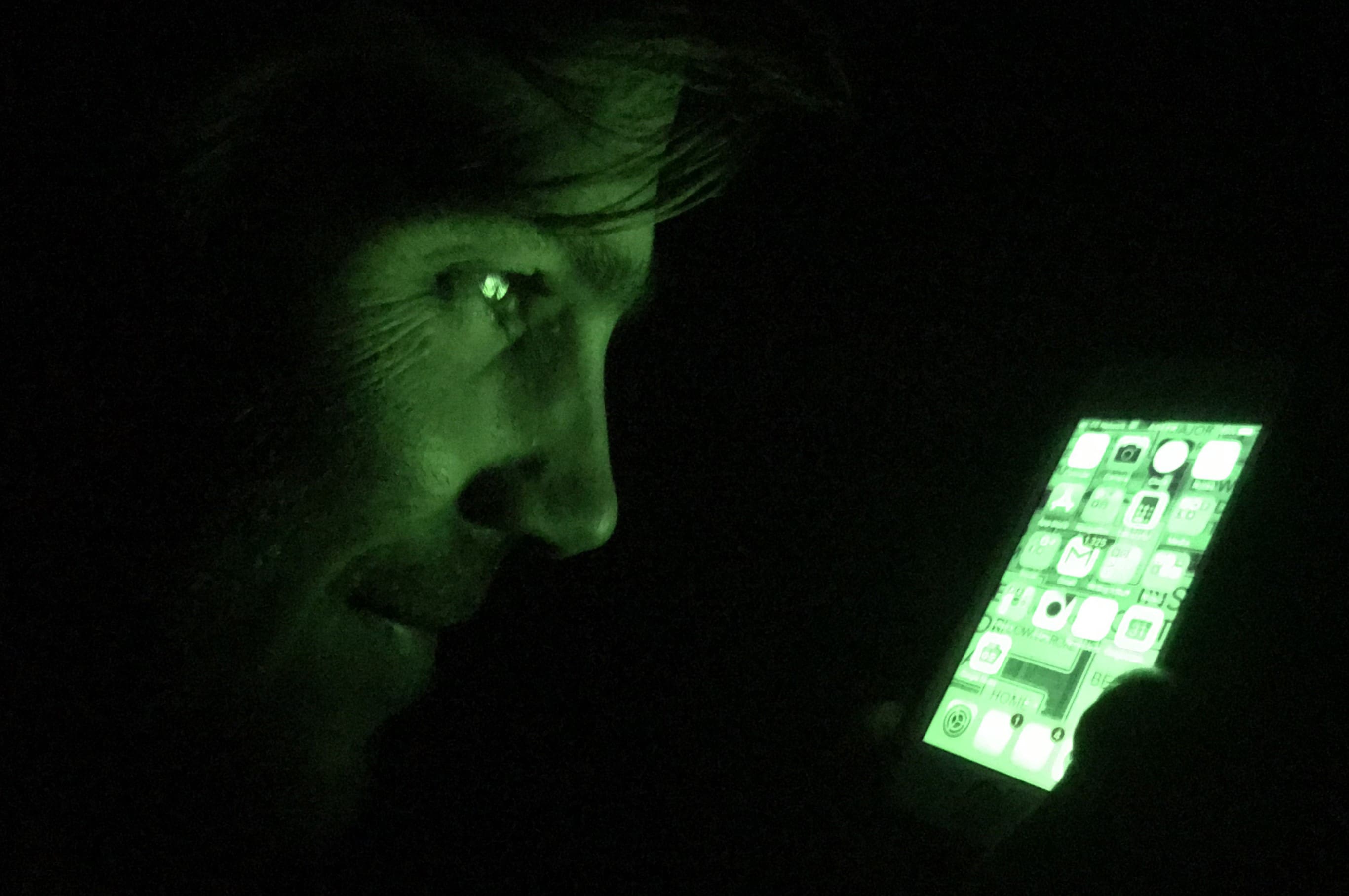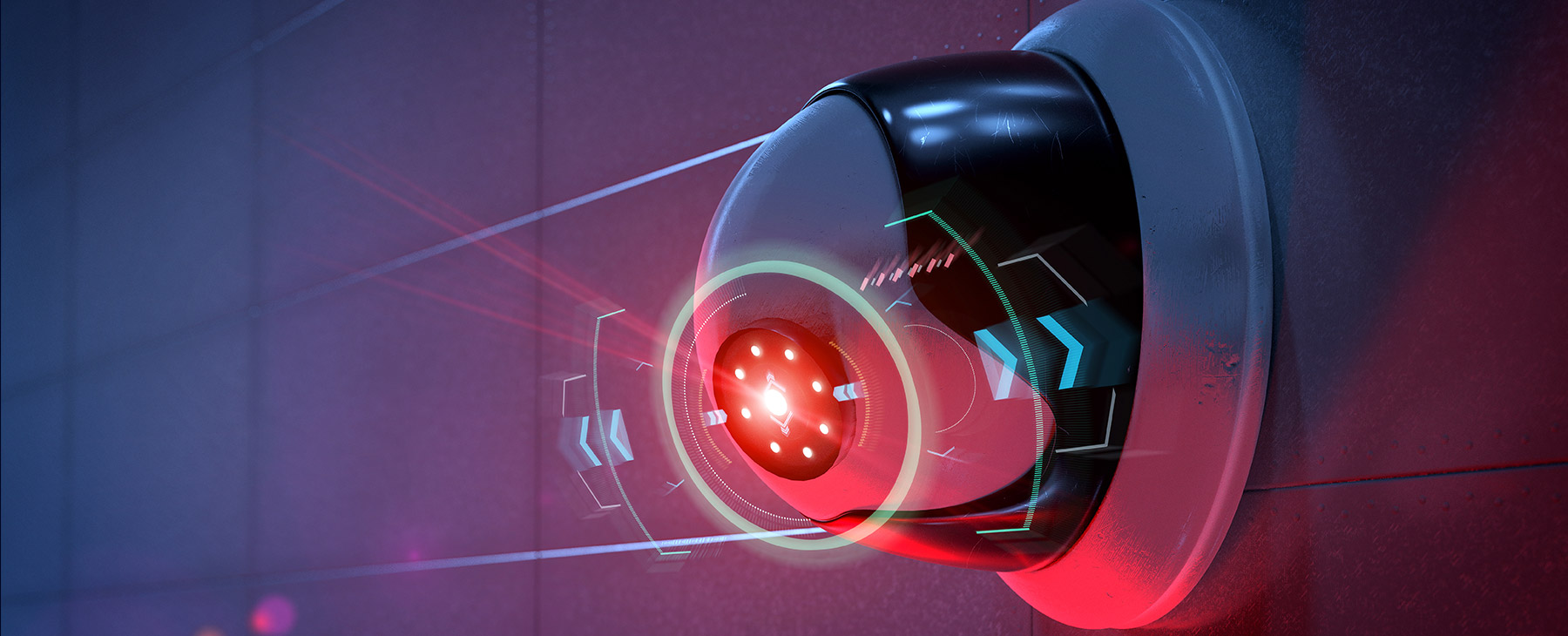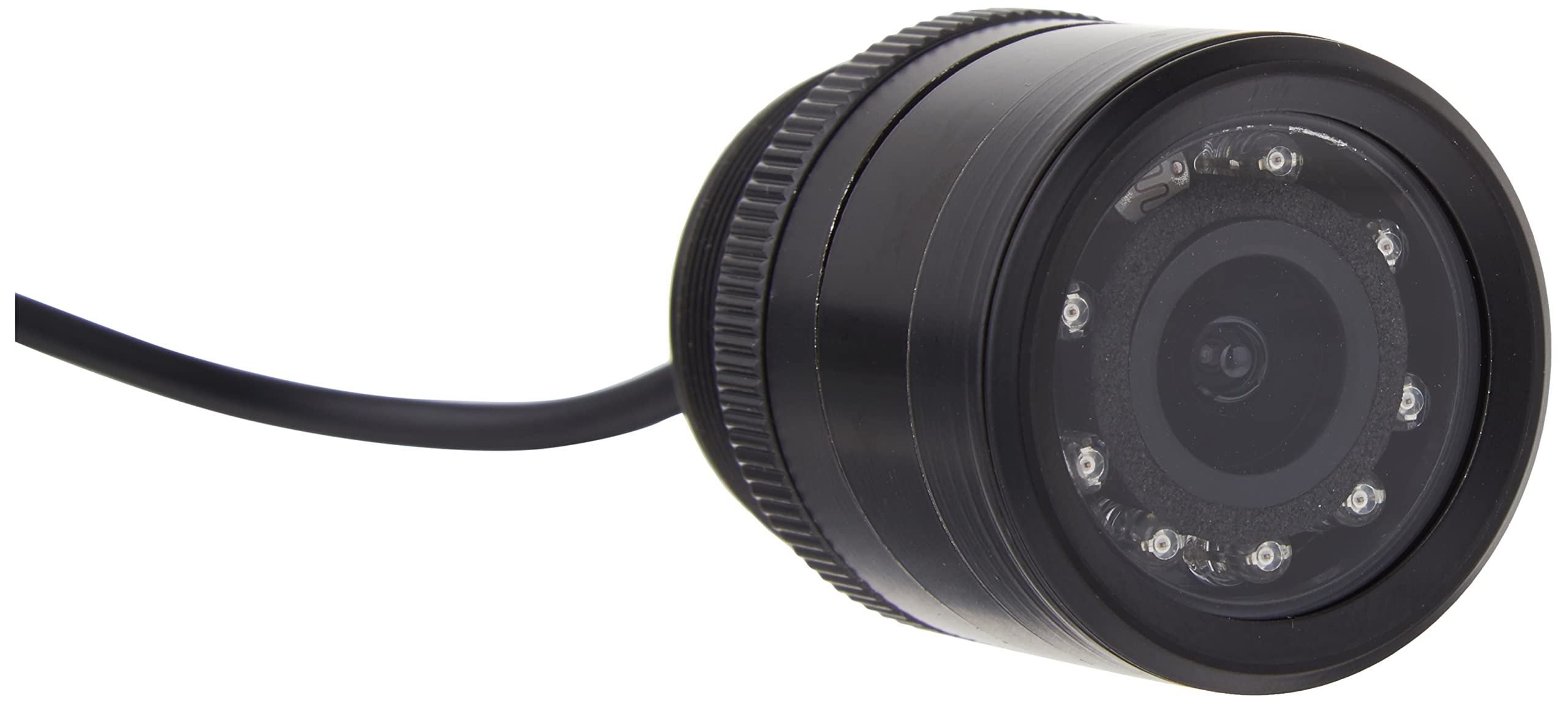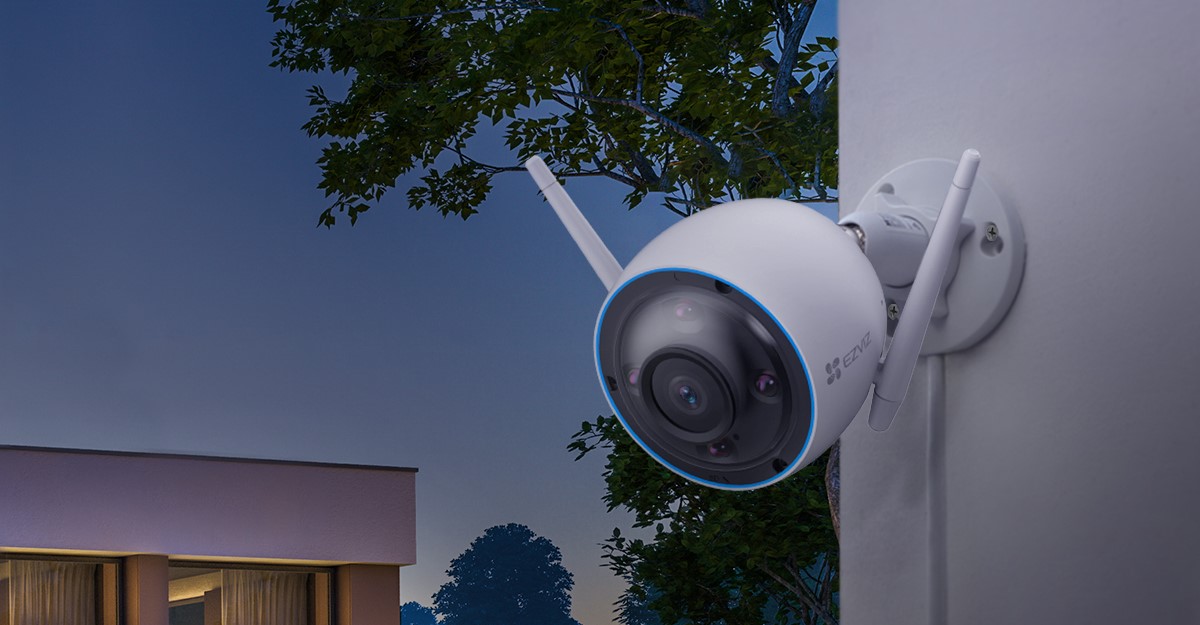Home>Home Security and Surveillance>Which Cars Have Night Vision Cameras
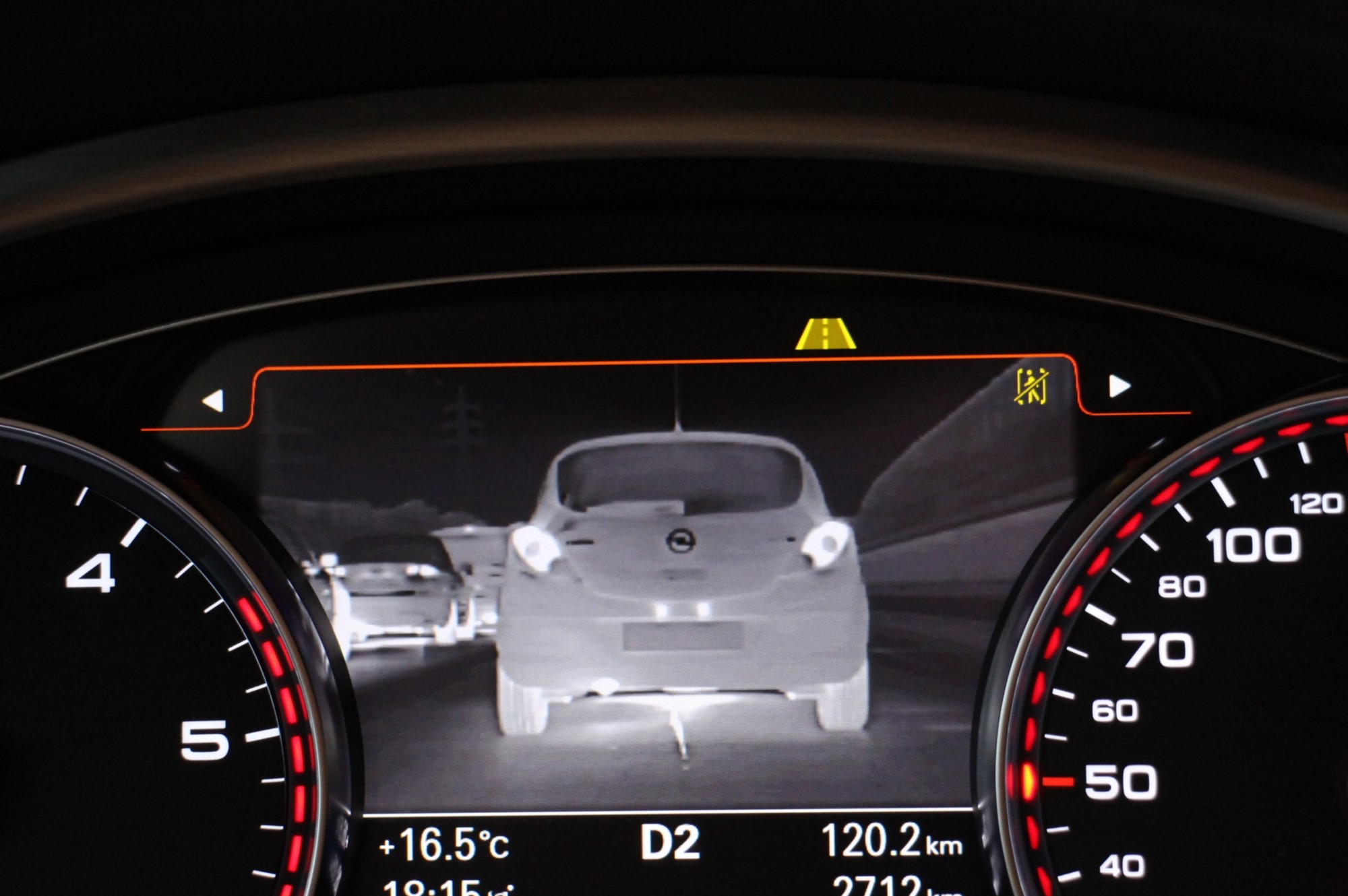

Home Security and Surveillance
Which Cars Have Night Vision Cameras
Modified: October 20, 2024
Discover which cars are equipped with night vision cameras for enhanced safety and visibility on the road. Upgrade your home security and surveillance with our top-rated products.
(Many of the links in this article redirect to a specific reviewed product. Your purchase of these products through affiliate links helps to generate commission for Storables.com, at no extra cost. Learn more)
Introduction
Welcome to the world of car technology advancements, where night vision cameras are revolutionizing the way we drive in low light conditions. Gone are the days when driving after sunset was a daunting task, filled with uncertainty and compromised visibility. With the advent of night vision cameras, drivers can now navigate the dark roads with enhanced safety and confidence.
So, how do these night vision cameras work, and what benefits do they bring? In this article, we will explore the realm of night vision cameras in cars, including the different types available, the cars that come equipped with them, as well as the aftermarket options for those looking to upgrade their existing vehicles.
Key Takeaways:
- Night vision cameras in cars use infrared technology to provide drivers with enhanced visibility and safety in low light conditions, helping to detect potential hazards and reduce driver fatigue.
- Built-in and aftermarket night vision camera options offer drivers improved visibility, advanced detection capabilities, and peace of mind, but it’s important to be aware of their limitations and use them as a supplemental tool alongside safe driving practices.
How Night Vision Cameras in Cars Work
Night vision cameras use advanced technology to capture and process images in low light conditions. They work by utilizing infrared (IR) technology to detect heat signatures and convert them into visible images. The cameras emit infrared light, which is reflected off objects and then captured by the camera’s sensor. The captured image is then processed and displayed on a screen within the vehicle.
There are primarily two types of night vision camera systems used in cars: passive and active. Passive night vision cameras rely solely on the infrared radiation emitted from surrounding objects, such as other vehicles or streetlights. These cameras detect and amplify this existing infrared light, allowing the driver to see clearly in the dark.
On the other hand, active night vision cameras emit their own infrared light using infrared illuminators. These illuminators provide additional light to enhance visibility in extremely low-light situations, where passive night vision cameras may struggle to capture enough infrared radiation.
Both passive and active night vision cameras are equipped with sophisticated image processing algorithms, which enhance the captured images further. This ensures that the driver gets a clear and detailed view of the road ahead, even in the darkest of conditions.
Benefits of Night Vision Cameras in Cars
The implementation of night vision cameras in cars offers numerous benefits for drivers, especially in low light conditions. Let’s explore some of the key advantages:
- Improved visibility: Night vision cameras allow drivers to see beyond the reach of their headlights, providing a clear view of the road ahead. This is particularly helpful in situations where pedestrians or animals may be difficult to spot with conventional headlights alone.
- Enhanced safety: By improving visibility, night vision cameras contribute to overall road safety. They help drivers anticipate and react to potential hazards, giving them more time to avoid accidents.
- Reduced driver fatigue: Driving in low light conditions can be mentally taxing, leading to driver fatigue. Night vision cameras alleviate this stress by providing a clearer and more relaxing driving experience, reducing the strain on the driver’s eyes.
- Advanced detection: Night vision cameras can detect objects and obstacles that may not be easily visible to the naked eye, such as road debris, potholes, or approaching vehicles from a distance. This allows the driver to take proactive measures to avoid any potential hazards.
- Confidence in adverse weather conditions: Night vision cameras are not just useful in the dark; they also prove beneficial during adverse weather conditions, such as heavy rain, fog, or snow. They help cut through these environmental challenges and provide a clearer view of the road.
Key Takeaways:
- Night vision cameras in cars use infrared technology to provide drivers with enhanced visibility and safety in low light conditions, helping to detect potential hazards and reduce driver fatigue.
- Built-in and aftermarket night vision camera options offer drivers improved visibility, advanced detection capabilities, and peace of mind, but it’s important to be aware of their limitations and use them as a supplemental tool alongside safe driving practices.
How Night Vision Cameras in Cars Work
Night vision cameras in cars are a remarkable technological advancement that allows drivers to have improved visibility and safety in low light conditions. These cameras rely on infrared (IR) technology to detect and capture images in the dark, giving drivers a clear view of the road ahead.
There are two primary types of night vision camera systems used in cars: passive and active. Passive night vision cameras work by detecting the existing infrared radiation emitted by surrounding objects, such as other vehicles or streetlights. They capture this radiation and amplify it, making it visible to the driver. These cameras are effective in moderately dark conditions but may struggle in extremely low-light situations.
In contrast, active night vision cameras emit their own infrared light using infrared illuminators. These illuminators provide supplemental light to enhance visibility in situations where passive night vision cameras may not capture enough infrared radiation. Active night vision cameras are particularly useful in extremely dark conditions or areas with limited external infrared sources.
Both passive and active night vision cameras utilize advanced technology to process and display the captured images. The cameras have sensors that detect the reflected infrared light and convert it into visible images. These images are then processed using sophisticated algorithms to enhance clarity, contrast, and detail.
One of the key components of night vision camera systems is the infrared illuminators. These are typically located near the camera lens and emit infrared light in different wavelengths, which are invisible to the human eye. The illuminators illuminate the surrounding area with infrared light, allowing the camera to capture the reflected light and create a visible image.
Another crucial aspect of night vision cameras is the display screen located inside the vehicle. The captured images are transmitted to this screen, providing the driver with a real-time view of the road. The display screen may be integrated into the dashboard or rearview mirror, depending on the car’s design.
It’s worth mentioning that night vision camera systems are continually evolving with advancements in technology. Some of the latest systems feature thermal imaging cameras, which can detect heat signatures of objects on the road. This further enhances the visibility and helps drivers identify potential hazards, such as pedestrians or animals.
Overall, night vision cameras in cars are a game-changer when it comes to driving in low light conditions. They provide drivers with an extended field of vision beyond the reach of headlights and enable them to navigate the roads with enhanced safety and confidence.
Benefits of Night Vision Cameras in Cars
Night vision cameras in cars offer a range of benefits that significantly improve the driving experience, especially in low light conditions. Let’s explore some of the key advantages:
- Improved visibility: One of the primary benefits of night vision cameras is enhanced visibility. These cameras allow drivers to see beyond the reach of their headlights, providing a clear view of the road ahead. This is particularly helpful in situations where pedestrians or animals may be difficult to spot with conventional headlights alone.
- Enhanced safety: Night vision cameras contribute to overall road safety by improving visibility. They enable drivers to anticipate and react to potential hazards, giving them more time to avoid accidents. The ability to detect objects or obstacles that may not be easily visible to the naked eye or conventional headlights adds an extra layer of safety.
- Reduced driver fatigue: Driving in low light conditions can be mentally taxing, causing driver fatigue. Night vision cameras alleviate this stress by providing a clearer and more relaxing driving experience. The enhanced visibility reduces the strain on the driver’s eyes and allows them to stay focused for longer periods of time.
- Advanced detection: Night vision cameras can detect objects and obstacles that may not be easily visible to the naked eye. This includes road debris, potholes, or approaching vehicles from a distance. The early detection provided by night vision cameras allows drivers to take proactive measures to avoid potential hazards and make better decisions on the road.
- Confidence in adverse weather conditions: Night vision cameras are not only helpful in the dark but also prove beneficial during adverse weather conditions. Heavy rain, fog, or snow can significantly reduce visibility, but night vision cameras can cut through these environmental challenges. They help drivers see clearly and make informed decisions, even when visibility is compromised.
- Reduction in accidents: With improved visibility and advanced detection capabilities, night vision cameras can help reduce accidents on the road. The ability to spot potential hazards early and take necessary precautions can prevent collisions and ensure a safer driving experience for everyone on the road.
- Peace of mind: Night vision cameras provide drivers with added peace of mind, especially during nighttime travel. The confidence in seeing the road clearly and being aware of any potential dangers can alleviate stress and anxiety, making the driving experience more enjoyable and relaxing.
It’s important to note that while night vision cameras offer significant benefits, they should not replace proper driving habits and caution. They are meant to complement a driver’s skills and serve as an additional tool for increased safety and awareness on the road.
Overall, night vision cameras in cars have revolutionized driving in low light conditions. They not only enhance visibility but also contribute to improved safety, reduced fatigue, and advanced detection of potential hazards. Investing in a car equipped with night vision cameras or installing aftermarket options can significantly enhance the driving experience and provide peace of mind for drivers and passengers.
Check for luxury car brands like BMW, Audi, Mercedes-Benz, and Cadillac, as they often offer night vision cameras as optional features in some of their models.
Read more: How To Blind A Night Vision Camera
Cars with Built-In Night Vision Cameras
The integration of night vision cameras directly into the design of cars has become increasingly common among premium and luxury vehicle manufacturers. These built-in systems offer drivers the convenience of having night vision capabilities without the need for additional installations or aftermarket modifications. Let’s explore some of the cars that come equipped with built-in night vision cameras:
- BMW: BMW has been a pioneer in incorporating night vision technology into its vehicles. Many of their models, such as the 7 Series sedan and X7 SUV, offer advanced night vision systems that utilize infrared cameras and display the captured images on the instrument cluster or heads-up display.
- Audi: Audi is another brand known for integrating night vision cameras into their high-end vehicles. Models like the A8 luxury sedan and Q7 SUV feature night vision assistance, providing a clear view of the road ahead in low light conditions.
- Mercedes-Benz: Mercedes-Benz offers the Night View Assist Plus system in various models, including the S-Class and E-Class. This system uses infrared technology combined with thermal imaging to detect pedestrians and animals on the road and provides visual and audio warnings to the driver.
- Lexus: Lexus offers the Night View system in some of their luxury vehicles, such as the LS and LX models. This system uses an infrared camera to enhance visibility at night and displays the captured images on the vehicle’s navigation screen.
- Cadillac: Cadillac incorporates night vision technology into select models like the CT6 luxury sedan. Using infrared cameras and thermal imaging, these systems help drivers detect potential hazards and improve visibility in low light conditions.
- Volvo: Volvo has made significant strides in automotive safety technology, including incorporating night vision capabilities into their vehicles. The XC90 SUV and S90 sedan are examples of Volvo models that offer advanced night vision systems, providing an extra level of safety for drivers.
It’s important to note that the availability of built-in night vision cameras may vary across different model trims and regions. It’s always recommended to check with the specific car manufacturer or authorized dealers to confirm the inclusion of night vision cameras in a particular vehicle.
With the increasing demand for advanced safety features, more car manufacturers are likely to incorporate night vision technology into their future models. As technology continues to evolve, we can expect to see even more innovative and sophisticated night vision systems in a wider range of vehicles.
Aftermarket Night Vision Camera Options for Cars
For car owners who want to upgrade their existing vehicles with night vision capabilities, aftermarket options provide a cost-effective and versatile solution. These aftermarket night vision camera systems can be installed in a wide range of cars, regardless of make or model. Let’s explore some of the available aftermarket options:
- Wireless Night Vision Cameras: Wireless night vision cameras are easy to install and do not require extensive wiring. They typically consist of a camera unit mounted on the front or rear of the vehicle and a receiver connected to a display screen inside the car. These cameras capture and transmit the infrared images wirelessly, providing real-time visibility in low light conditions.
- Wide-Angle Night Vision Cameras: Wide-angle night vision cameras offer a broader field of view, allowing drivers to have a wider perspective of the road ahead. These cameras are particularly useful in congested areas or for parking, as they provide a comprehensive view of the surroundings and help drivers maneuver their vehicles safely.
- Front-View Night Vision Cameras: Front-view night vision cameras are specifically designed to enhance visibility in front of the vehicle. These cameras can be mounted on the grille or bumper and provide a clear view of the road, helping drivers detect potential obstacles or hazards in low light conditions.
- Rear-View Night Vision Cameras: Rear-view night vision cameras are commonly used for parking assistance and reversing. These cameras are mounted on the rear of the vehicle and provide a clear view of what’s behind, allowing drivers to maneuver their vehicles safely and avoid collisions.
- Multi-Camera Systems: Some aftermarket options offer multi-camera systems that include multiple night vision cameras strategically placed around the vehicle. These systems provide a 360-degree view, eliminating blind spots and enhancing overall safety by giving drivers a complete picture of their surroundings.
- Smartphone Integration: There are also aftermarket night vision camera systems that can be integrated with smartphones or other mobile devices. These systems connect to the device via Wi-Fi or Bluetooth, allowing drivers to monitor the captured images directly on their smartphones, providing convenience and flexibility.
When considering aftermarket night vision camera options, it’s important to choose reputable brands that offer reliable performance and high-quality imaging. It’s recommended to consult with a professional installer who can guide you in selecting the right system for your specific vehicle and installation requirements.
Additionally, drivers should ensure that the aftermarket night vision camera systems comply with local laws and regulations regarding their use. Adhering to legal requirements and following proper installation procedures will ensure optimal performance, safety, and compliance.
With the increasing demand for night vision capabilities, the aftermarket market continues to offer innovative and feature-rich solutions for car owners. Whether you’re looking for basic night vision functionality or advanced multi-camera systems, there are aftermarket options available to cater to different budgets and preferences.
How to Use Night Vision Cameras in Cars
Using night vision cameras in cars is relatively straightforward and can greatly enhance your driving experience in low light conditions. Here are some steps to effectively utilize the night vision cameras:
- Familiarize Yourself with the System: Before hitting the road, take the time to familiarize yourself with the operation of the night vision system installed in your vehicle. Read the vehicle’s user manual or consult with a professional installer to understand the specific features, controls, and settings of the night vision camera system.
- Activate the Night Vision System: Most built-in night vision camera systems can be activated manually or set to automatic mode. If it’s a manual activation system, locate the dedicated button or menu option to turn on the night vision functionality. For automatic systems, the cameras will activate when the vehicle’s light sensors detect low light conditions.
- Monitor the Display: Once the night vision system is activated, monitor the display screen inside the vehicle. The screen will provide a real-time view of the road, captured by the night vision cameras. Pay attention to any objects, obstacles, or potential hazards that may appear on the screen, which could be difficult to see with conventional headlights alone.
- Interpret the Displayed Images: Night vision cameras capture infrared images, which may appear different from what you’re accustomed to seeing with the naked eye. These images are typically displayed in shades of green or monochrome. Take the time to interpret and understand the displayed images to effectively identify potential hazards or obstacles on the road.
- Combine Night Vision with Conventional Lights: While night vision cameras provide enhanced visibility, it is essential to use them in conjunction with your vehicle’s conventional headlights. The headlights will illuminate the immediate area, while the night vision cameras allow you to see beyond the reach of the headlights’ beam. This combination provides the optimal lighting and visibility required for safe driving at night.
- Stay Alert and Drive Responsibly: Remember that night vision cameras in cars are designed to assist drivers, but they should not replace safe driving habits and personal awareness on the road. Continue to stay alert, maintain a safe speed, and follow traffic rules and regulations. Use the night vision cameras as a supplemental tool to enhance your vision and overall safety.
- Regular Maintenance and Calibration: To ensure optimal performance, it is essential to regularly maintain and calibrate the night vision camera system. Follow the manufacturer’s guidelines for cleaning the camera lens and ensuring proper functionality. If needed, consult with a professional installer or authorized service center for maintenance or calibration services.
By following these steps and using night vision cameras in cars correctly, you can enjoy improved visibility, enhanced safety, and a more confident driving experience, especially in low light conditions.
Remember, practice makes perfect! As you gain more experience using the night vision camera system, you’ll become increasingly comfortable and proficient at interpreting the captured images and identifying potential hazards on the road.
Limitations and Drawbacks of Night Vision Cameras in Cars
While night vision cameras in cars offer significant advantages in low light conditions, it’s important to be aware of their limitations and potential drawbacks. Understanding these limitations will help you make informed decisions about their use and set appropriate expectations. Here are some common limitations and drawbacks of night vision cameras:
- Cost: Built-in night vision camera systems can significantly increase the cost of a vehicle. For car owners considering aftermarket options, there will be additional expenses for purchasing and installing the system. The cost factor may limit accessibility for some individuals.
- Range: Night vision cameras have a limited range compared to conventional headlights. While they provide visibility beyond the reach of headlights, their effectiveness diminishes at longer distances. Depending on the specific system, the range may vary, so it’s important to understand the capabilities of your particular night vision camera setup.
- External Light Sources: Night vision cameras rely on infrared radiation from external light sources, such as streetlights or other vehicles. In areas with limited external infrared sources, the effectiveness of the cameras may be reduced. Additionally, bright lights can cause glare and impact the quality of the captured images.
- Weather Conditions: Night vision camera performance can be affected by adverse weather conditions, such as heavy rain, snow, or fog. These conditions can obstruct the infrared light and reduce the clarity of the captured images. It’s important to exercise caution and rely on other driving aids when encountering challenging weather conditions.
- Complexity: Night vision camera systems can add complexity to the dashboard or instrument cluster, potentially leading to distraction for the driver. It’s important to familiarize yourself with the system and its controls before using it, and always prioritize safe driving practices while operating the vehicle.
- False Positives: In some cases, night vision cameras may mistakenly detect objects that are not hazards, leading to false warnings or unnecessary alerts. This can potentially cause confusion for the driver if they rely solely on the information provided by the cameras. It’s important to use the night vision cameras as a supplemental tool and not solely rely on them for hazard detection.
- Maintenance and Calibration: Night vision camera systems require regular maintenance and calibration to ensure optimal performance. Dust, dirt, or damage to the camera lens can impact image quality, and periodic calibration may be necessary to ensure accurate detection and display of infrared images. Failure to maintain and calibrate the system can result in diminished performance.
Despite these limitations and drawbacks, night vision cameras still provide significant benefits for driving in low light conditions. It’s crucial to understand their capabilities, use them as a supplemental tool, and continue to rely on safe driving habits and awareness on the road.
If you have any concerns about the functionality or performance of your night vision camera system, consult with a professional installer or the vehicle manufacturer for guidance and assistance.
Overall, being aware of the limitations and drawbacks of night vision cameras in cars will help you make informed decisions and maximize their benefits while driving at night or in low light situations.
Read more: How To Fix A Night Vision Camera
Conclusion
Night vision cameras in cars have transformed the way we drive in low light conditions, offering improved visibility, enhanced safety, and peace of mind. These cameras work by utilizing infrared technology to capture and process images, providing drivers with a clear view of the road beyond the reach of conventional headlights.
By integrating night vision cameras into the design of vehicles or opting for aftermarket solutions, drivers can experience the benefits firsthand. These include improved visibility, advanced detection of potential hazards, reduced driver fatigue, and increased confidence while driving at night or in adverse weather conditions.
However, it’s important to acknowledge the limitations and potential drawbacks of night vision cameras, such as cost, limited range, reliance on external light sources, and the impact of weather conditions. Understanding these constraints helps drivers set appropriate expectations and rely on other driving aids when necessary.
When using night vision cameras, it’s important to familiarize yourself with the system, activate it properly, monitor the displayed images, and combine it with conventional headlights for optimal visibility. By staying alert, practicing safe driving habits, and maintaining and calibrating the system as recommended, you can fully leverage the benefits of night vision cameras.
The future of night vision camera technology continues to evolve, with advancements in thermal imaging, multi-camera systems, and integration with smartphone applications. As technology improves, we can expect even more sophisticated and effective night vision camera solutions for vehicles.
In conclusion, night vision cameras have significantly enhanced the driving experience in low light conditions, offering improved safety, visibility, and peace of mind. Whether driving a car equipped with built-in night vision cameras or opting for aftermarket installations, these systems provide a valuable tool for navigating the roads with confidence and awareness.
Remember, while night vision cameras are a valuable asset, they should not replace safe driving practices, regular maintenance, and personal awareness on the road. By combining the benefits of night vision cameras with responsible driving habits, we can create a safer and more enjoyable driving environment for all.
Frequently Asked Questions about Which Cars Have Night Vision Cameras
Was this page helpful?
At Storables.com, we guarantee accurate and reliable information. Our content, validated by Expert Board Contributors, is crafted following stringent Editorial Policies. We're committed to providing you with well-researched, expert-backed insights for all your informational needs.
